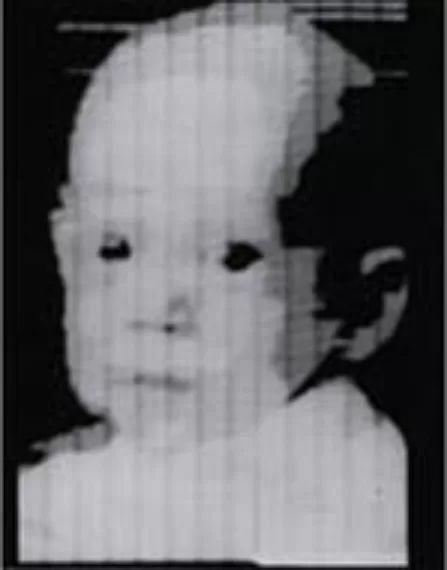While Kirsch’s name may not be familiar with the majority of us, the man is just one of the handful of computer scientists that can be credited with influencing the course of modern computing. In this case, and as mentioned at the start of this article, Kirsch is credited as being the man whose creation defined digital photography and satellite imaging, among other things. Born in 1929, Kirsch first created and introduced the first pixel in 1957, while he was working at the National Bureau of Standards (now known as the National Institute of Standards and Technology). The pixel was made with a Standards eastern Automatic Computer (SEAC), the world’s first programmable computer and something that he had also helped to develop.
Along with SEAC, Kirsch then proceeded to build what was pretty much a rudimentary, rotating drum scanner at the time, capable of determining an image and then proceeding to store said image into the SEAC’s memory. From there, SEAC would then output its first digital image ever created on to an oscilloscope CRT display: a digital image of Kirsch’s infant son, Walden, at the time. The image size was mere 176 x 176 pixels in size, with a bit depth of just one bit per pixel. Granted, it’s nothing to scream about now, but it’s important to remember that back then, this sort of digital imaging and scanning technology was unheard of, let alone being applied in cameras at the time. (Source: Techspot // Image: Techspot)
